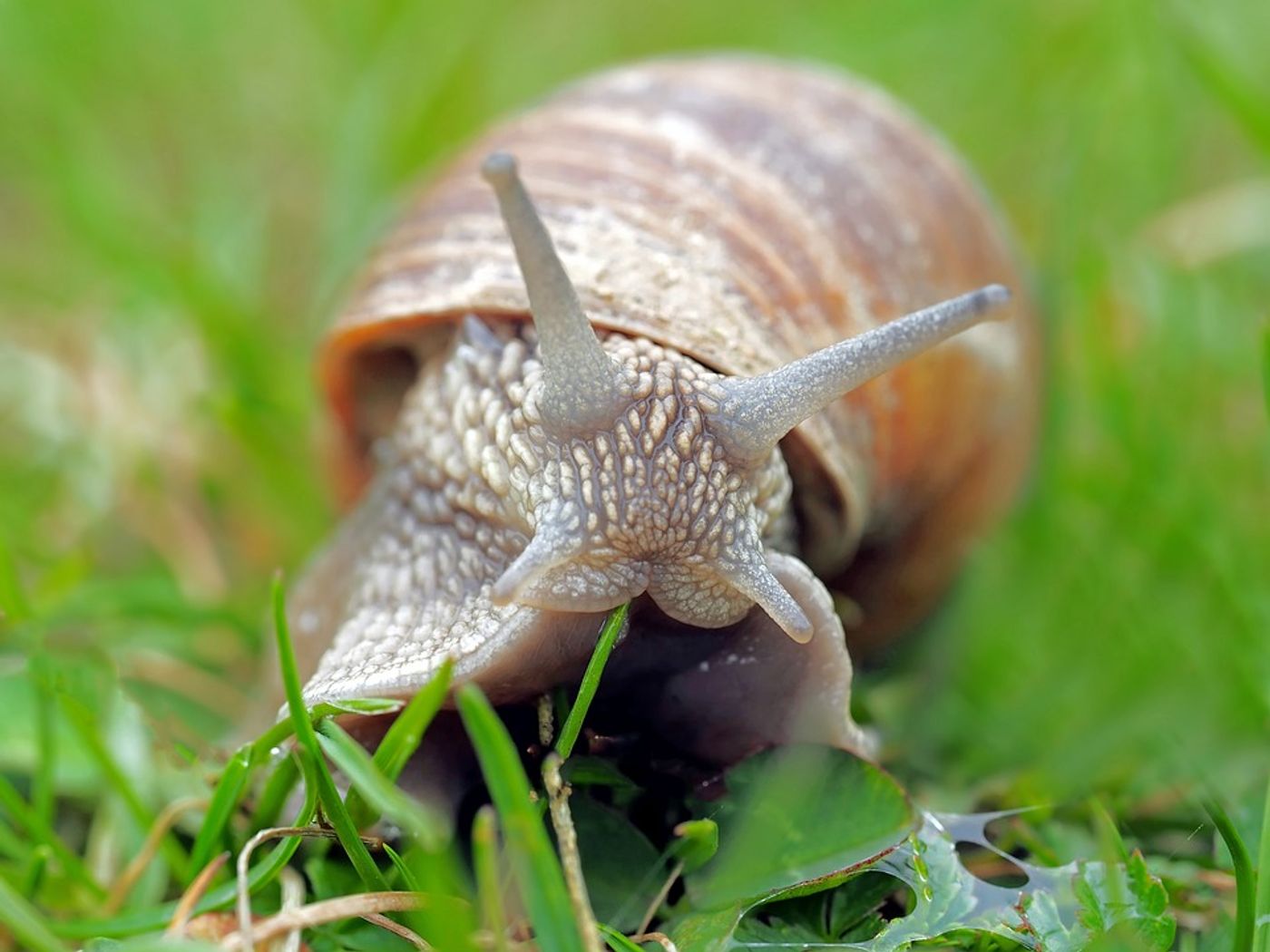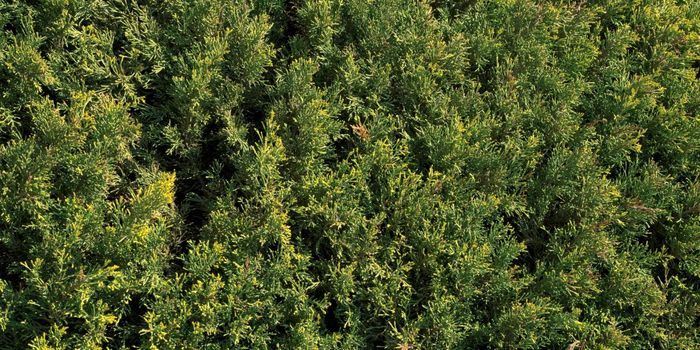Snails Are More Likely to Take Risks When They're Hungry
Snails have particular food preferences that dictate what they will and won’t eat, just like any other animal out there. But as you might come to expect, hungry snails are more willing to eat what they’d ordinarily stay far away from.
Image Credit: Pixabay
Curious researchers from the University of Sussex wanted to learn more about how hunger impacted perceived food value in pond snails, and so they conducted a study in which they analyzed the behavioral patterns of hungry pond snails and then cross-referenced said behavior with brain activity recordings.
Their results, which are now published in the journal Science Advances, underscore how hungry pond snails take more risks ingesting potentially toxic substances than their satisfied counterparts would.
"Balancing risk and survival is common to most organisms, and by focusing on pond snails as a model, we're able to gain insight into similar mechanisms in complex animals where these questions are much more difficult to investigate," explained Prof. Kevin Staras, a co-author of the paper.
Related: Jeremy the 'lefty' snail has died
Willingness to balance risk with survival is a primitive behavior that exists in almost every living species, so this doesn’t come off as much of a surprise. On the other hand, the researchers paid particular attention to their behavior and brain recordings to better understand these instinctive mechanisms.
"Our approach allows us to unravel the critical brain control mechanisms underlying decisions about when and what to eat," added Dr. Michael Crossley, the lead author of the paper.
As it would seem, the decision to ingest nonpalatable substances hinged on the snail’s neural decision-making process – more specifically, one that involves central dopaminergic interneurons. As the pond snails became hungrier, they cared less about the risks involved with ingesting nonpalatable substances and more about increasing their chances of survival by obtaining any nutrition they could muster.
The researchers validated their findings after manipulating this very neurological process in satisfied pond snails. Just like the hungry pond snails, the manipulated specimens partook in riskier ingestion behavior.
"Understanding how motivation controls feeding behavior is of major societal relevance, and there are instances when humans facing extreme situations also alter what they are willing to eat," concluded Prof. György Kemenes, another co-author of the paper.
"For example, during famines, people have been reported to resort to eating grass, leaves, toasted tree bark and even boiled leather belts, all of which have questionable nutritional value and come with a high risk of harmful effects."
Related: Scientists transfer a memory from one snail to another
Video Credit: University of Sussex
Although this study primarily involved pond snails, similar mechanisms are believed to trigger desperation responses in other living species, including humans. When times get tough, the brain responds by being less picky about what it takes to survive, thereby increasing chances of survival.
It should be interesting to see if the researchers will study brain activity in other living species to discern whether the same mechanisms exist or if the brains of other complex organisms respond differently to the same instinctive behavior.
Source: University of Sussex, Science Advances









